If you were to inquire with the majority of Americans, they’d likely express that the present-day expenses make saving for the future a formidable challenge. Recently, an expert economist has corroborated these sentiments with tangible data.
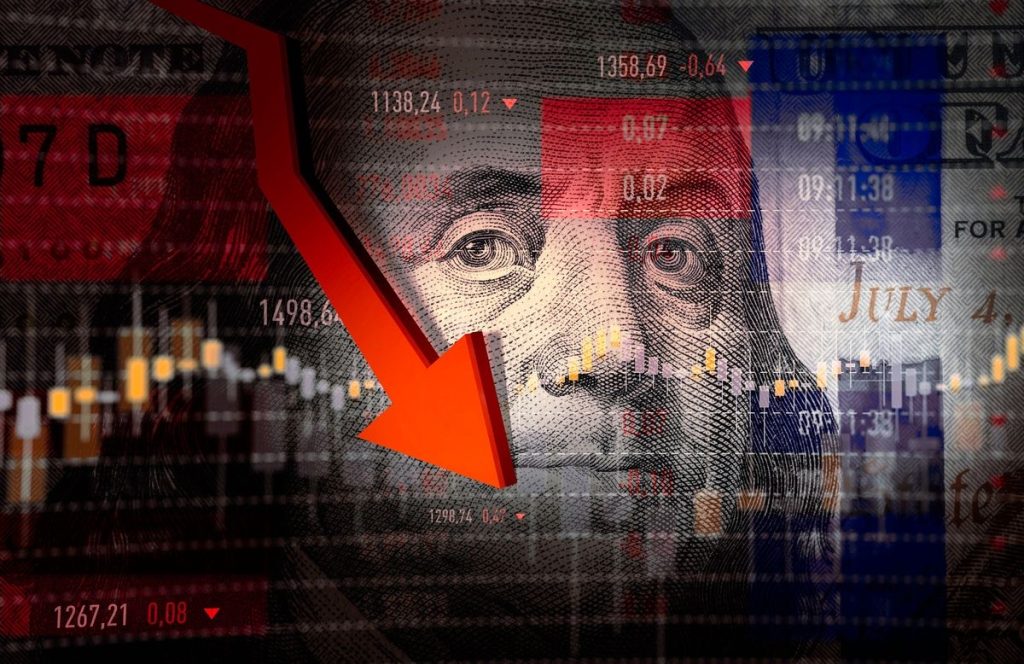
Peter St. Onge, an economist and professor of MBA, shared a video on X, previously known as Twitter, elucidating the precise reasons behind the financial hardships faced by Americans today.
Breaking Down the Numbers
Professor St. Onge captioned the video, “Half of all American workers now make under $41,000 per year. That comes to $3,400 per month. Given the median rent is $1,978, and the used car payment is $528, that leaves precisely $894 for everything else.”
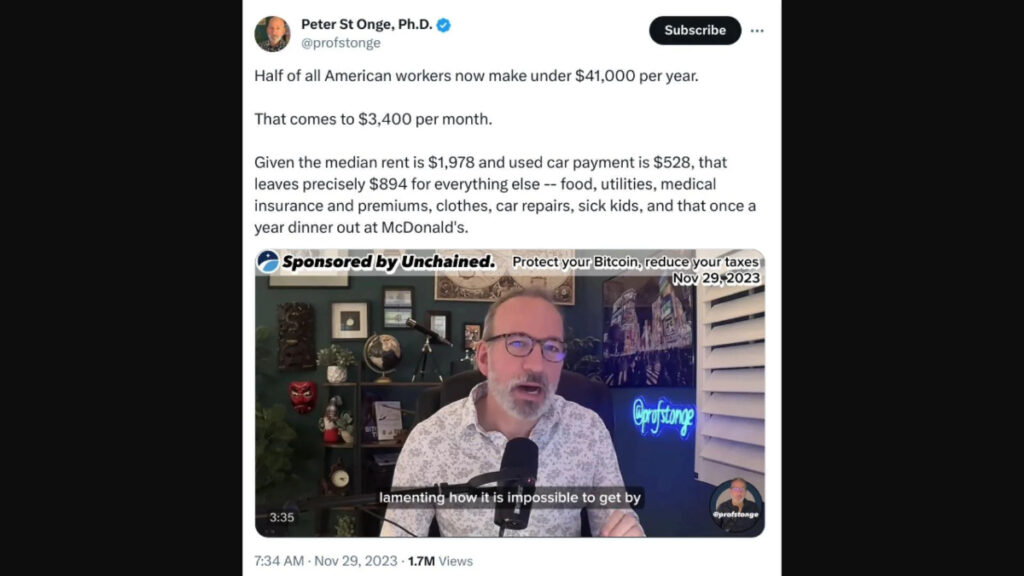
That less-than-$900 includes “food, utilities, medical insurance and premiums, clothes, car repairs, sick kids, and that once-a-year dinner out at McDonald’s.”
The Cost of Just Staying Alive
It’s important to understand that $894 doesn’t even begin to cover the necessary costs of literally staying alive such as heat, medical care, and food.

Recent studies indicate additional essential expenses for the average American: $300 monthly on groceries, $420 on healthcare, and $429 for utilities. When factored in, these costs raise the total to $1,149, excluding copays, gas, coffee, or other miscellaneous expenses.
Even budget-friendly options prove costly

Professor St. Onge highlights the hefty average monthly car payment, even for used cars, at $528. Even for Americans choosing cheaper options like used cars, rent, fast food, and generic products, prices remain prohibitively high.
‘It’s Impossible to Get By, Even Working Full Time’
In the nearly four-minute clip, St. Onge explains why young people, specifically Millennials and Gen Zers, find it “impossible to get by, even working full time.”
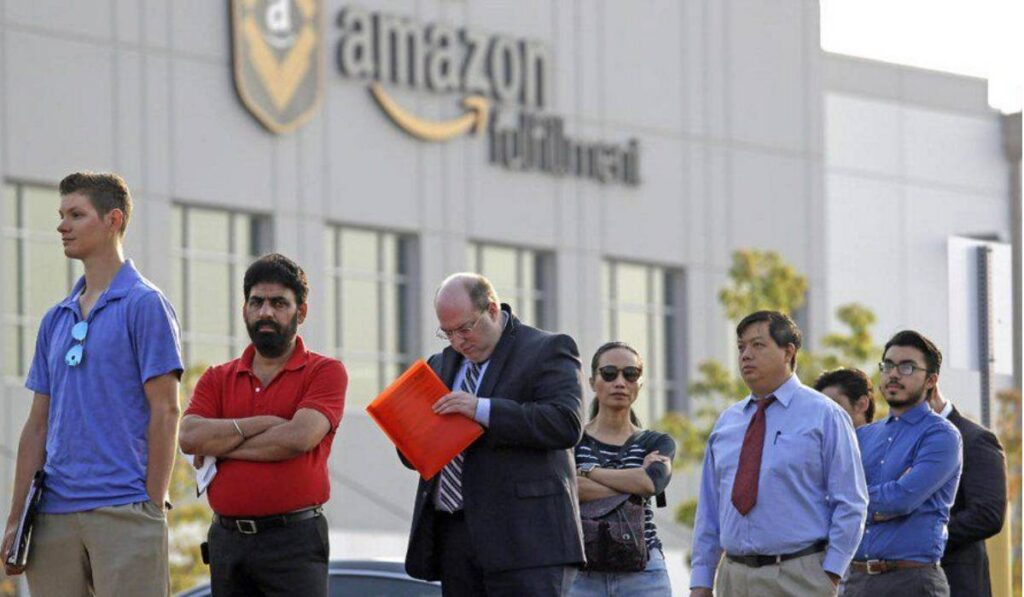
St. Onge validates the complaints of Millennials and Gen Zers who lament having to live with roommates at 40, despite their parents owning multi-bedroom homes by the same age.
Rethinking the American Dream
CNN profiles Rachael Gambino and Garrett Mazzeo, who epitomize the traditional American Dream but are now rethinking their life decisions. Despite pursuing education, marriage, and homeownership, they are questioning the sustainability of this conventional path.

Rachael voices concern for their son, highlighting the pressure on Millennials to pursue a four-year degree for success.
Millennial Economic Burden
Despite being the most educated generation in U.S. history, Millennials face significant financial challenges. According to CNN, the cost of attending a public four-year college increased by more than 200% between 1987 and 2017.
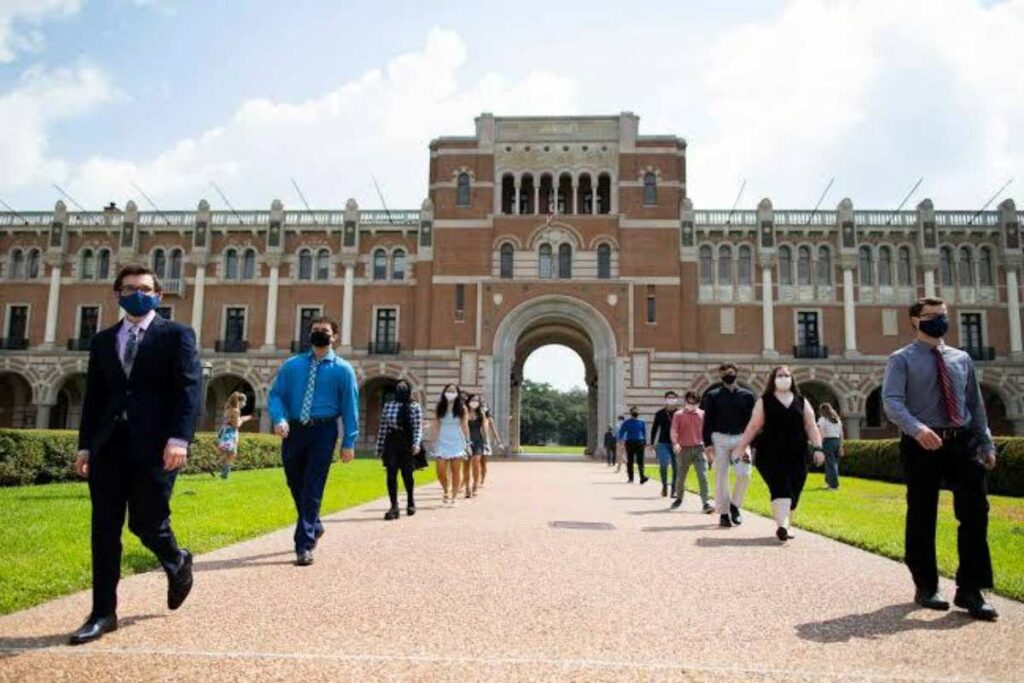
As a result, the average debt for borrowers aged 25 to 34 is around $32,000, according to Department of Education data. This economic strain stems from escalating education costs and stagnating wages.
POLL—Is Systemic Racism a Significant Problem That Requires Reform in Policing and Other Areas?
Generational Wealth Discrepancies
CNN reports that Millennials, now aged between 27 and 42, face a wealth gap compared to previous generations. While they experienced economic prosperity in the 1990s during their upbringing, they encountered the Great Recession as adults.
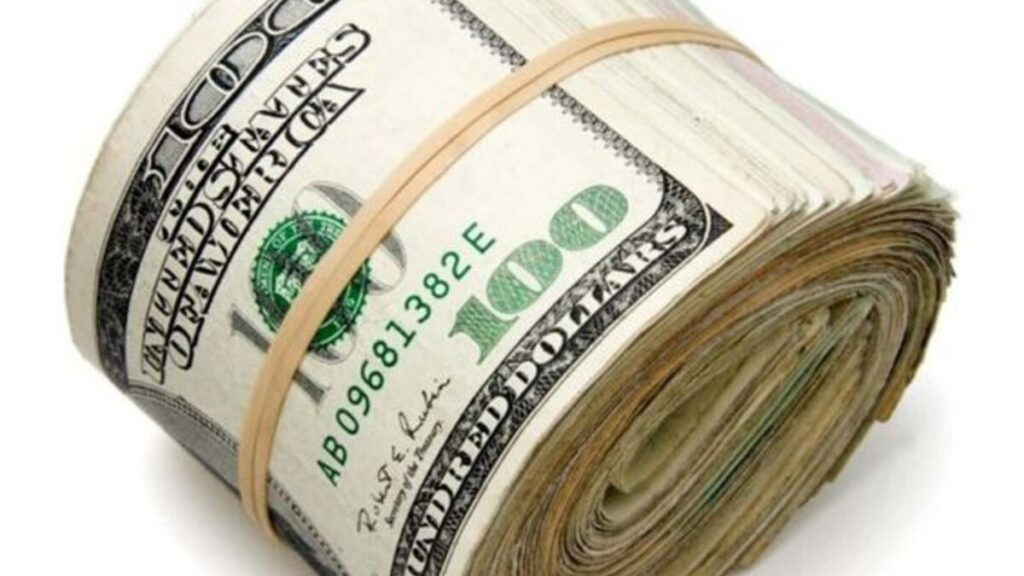
Families led by Millennials born in the 1980s were approximately 34% below wealth expectations by 2016, according to the Federal Reserve Bank of St. Louis.
These Generations Can’t Even Think About Buying a Home
Data from the U.S. Census Bureau reveals that a significant portion of Americans, about half, have earned less than $40,000 in recent years. This makes the prospect of home ownership virtually unattainable for many younger individuals.
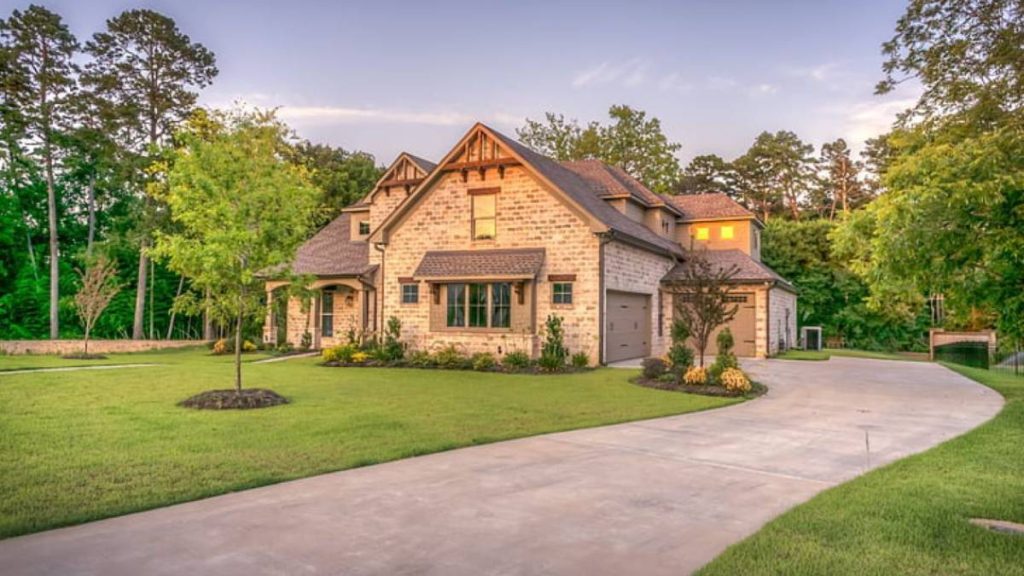
He cautioned against the idea, saying, “Buying a house is out of the question. The current mortgage cost for a median-priced home is close to $3,000, nearly devouring 90% of the median income.”
ALSO READ: Will Americans Vote for Trump Based on the Growing Trump-Era Nostalgia?
The Housing Market Challenge
Rachael and Garrett’s struggle mirrors a broader trend where homeownership has become increasingly challenging. Despite aiming for a sizable down payment, they faced soaring home prices and mortgage rates, underscoring the housing market’s pervasive issues.

Rachael questions, “This is the American Dream, But at what cost? What are we paying for the American Dream now?”
You Might Also Like:
Tom Suozzi’s Win Brings Democrats Closer to Majority
“It Was a Big Mistake!” Republicans Lament Kicking Out Santos as Suozzi’s Win Shrinks Majority
Republicans Say Trump Is Out of Cash, Claim He Might Offset Legal Fees With RNC Money
Kellyanne Conway Urges Republicans to Learn From New York House Seat Loss to Democrats
Federal Authorities Charge Boston Gang Members With Drug Trafficking, Covid-19 Fraud
